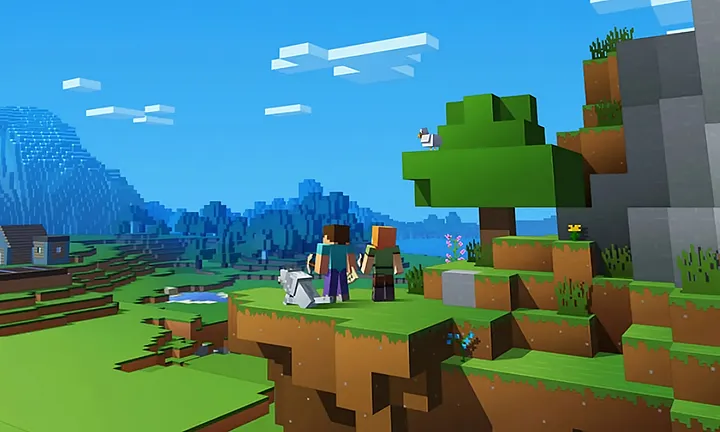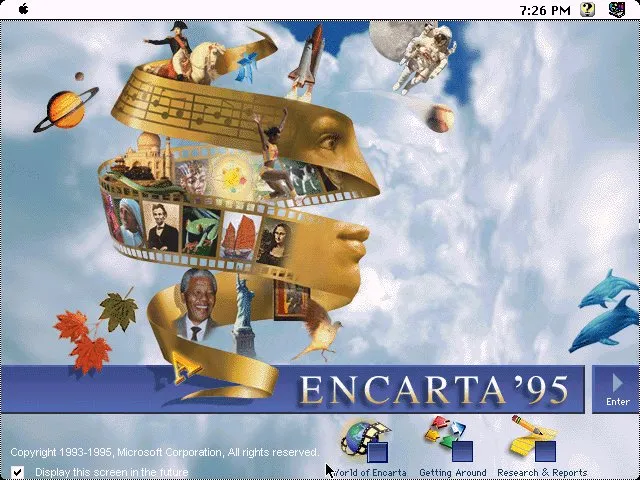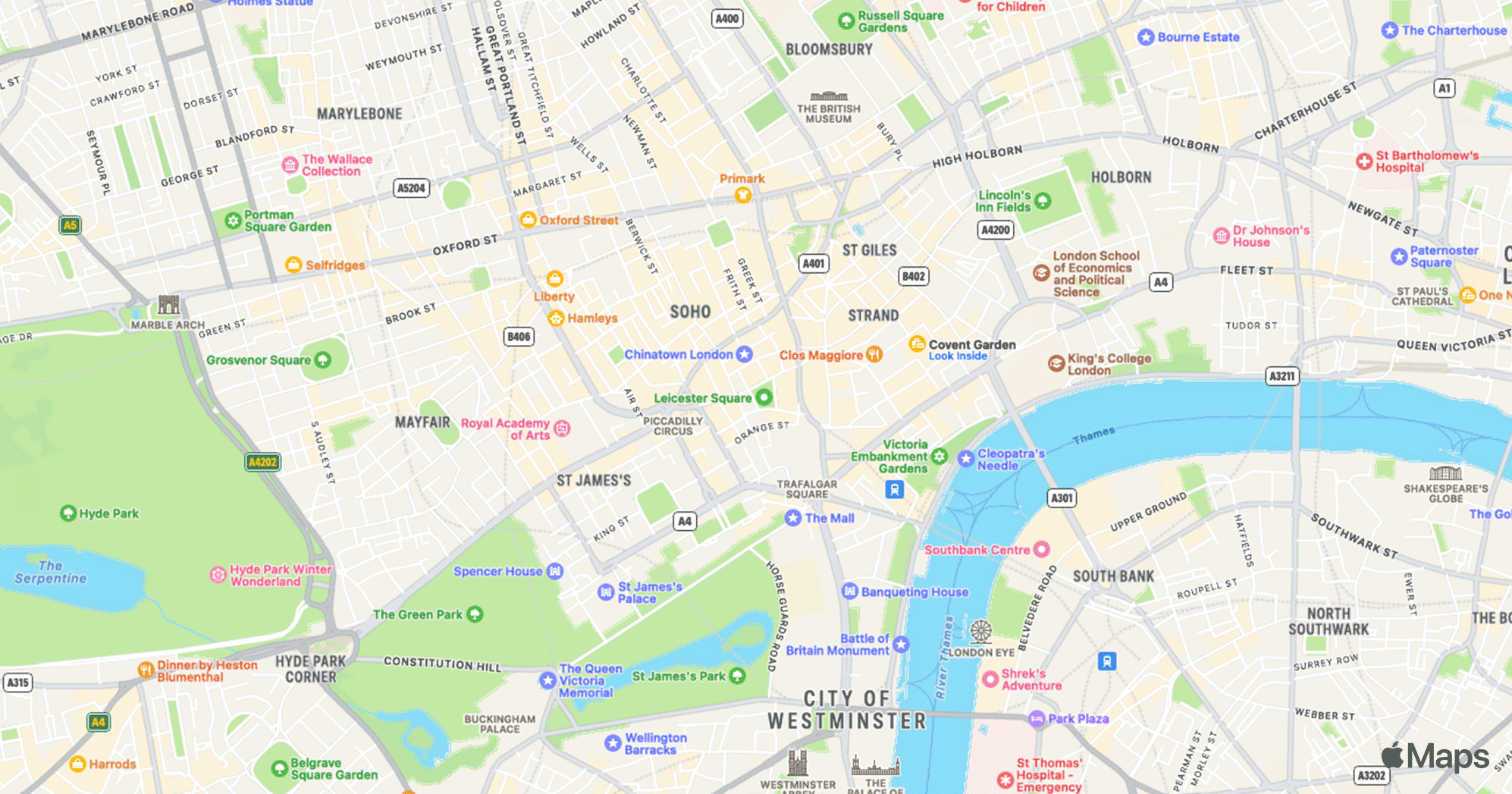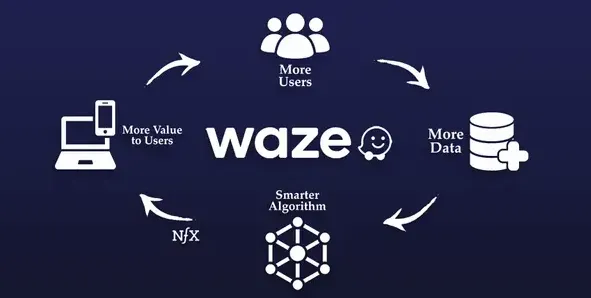
Gabe Silverstein
May 18, 2022 • 8 min read
Collaborative Consumers: Here’s Why Minecraft, Wikipedia, Waze, and Google Maps are so successful

Adventure awaits — Image Credit: Mojang
When the immensely popular video game, Minecraft, was first released in 2011, it attracted a unique user
base unlike any other. The game’s lack of a manual along with its inherent mystery, forced players to
theorize, work together, and learn how to survive, craft, build, and explore.
Minecraft’s success is a testament to the power of collaboration and user-generated content. By offering
players a platform to create, collaborate, and explore, Minecraft was able to foster a community of
passionate fans who have transformed the game into a hub for their creativity, innovation,
collaboration, and self-expression.
However, Minecraft’s “formula” for success is not unprecedented. Numerous other products owe their
success to the contributions of their users, whether through user-generated content, crowdsourced data,
or collaborative tools.
Let’s take a look at why products built on collaboration tend to endure, and explore additional examples
of successful products that largely owe their success due to the contributions of their users.
1. Minecraft
Collaboration, Creation
I think the best example of a game creating an “everlasting” impression, infinite replayability, and
virtually timeless favor would have to be Minecraft. This entire article could be on Minecraft alone,
but I’ll summarize the reasons here:
A) The game’s massive procedurally generated world
When users create a new game, they choose between Survival Mode or Creative Mode. In both modes, a new
“World” is generated randomly with random locations of different biomes (Desert, Forest, Snow, etc),
materials, and landscapes.
The random nature of these worlds prompts discovery and exploration. What’s out there? It creates
endless possibilities for discovery of the new.
B) Creative Mode
In Minecraft’s Creative Mode, players are given access to an unlimited supply of every type of block and
material to build with. Users can fly and do not have the health limitations that limit the user in
survival mode. They are free to roam and build whatever their heart desires.
Some famous user creations include, to-scale 1:1 versions of the Titanic, USS Enterprise, New York, and
a large international team that is even working on building Earth (yes, you heard that right, 1:1 scale
cities and all) in Minecraft.
C) Redstone
Additionally, the game possesses powerful tools to create complex contraptions such as Redstone and
Command Blocks. Redstone acts as circuitry and can integrate with their environment to open doors, start
contraptions, or interact with Command Blocks: in-game blocks that can execute in-game code to perform
more complex actions.
These tools empower the player to imagine and build interactive contraptions. Some famous Redstone
creations include a fully functioning in-game Gameboy, Pong and even a working (alas limited) iPhone!
D) Online servers (Collaboration Tool)
Multiplayer further fostered collaboration and interactive play, allowing players to create builds and
interact together with other players around the world! Players were building playing talking and
socializing with players from all over the world!
E) Mystery, Exploration, Discovery
The inherit mystery of the game and lack of instructions or direction forced the player to learn and
discover, which further brought players together. Players collaborate, theorized, and speculated about
the game via early online forums, they also watched YouTube tutorials and “Let’s plays” to learn more
about the game and its mysteries).
The players invested themselves in the core concept of the game.
F) Online communities (User Generated Content)
Minecraft spawned user platforms such as PlanetMinecraft.com a platform to share user creations, player
character skins, as well as share created Mods of the game — where users create modifications to the
game’s code to add or alter features.
G) YouTube (Crowdsourced content)
These all manifest via YouTube, arguably one of the most important contributors to Minecraft’s success.
Famous YouTubers such as PewDiePie, Tobuscus, and CaptainSparkelz among others played Minecraft early
on, and thus popularized the game and advertised it to their millions of subscribers.
H) Self Expression
“It has become part of players’ identities.” — Lydia Winters, brand director at Mojang.
Not only does Minecraft allow the players to do all these things, but it also allows its users to
express themselves via their player design and creations in their own way.
Players built entire communities, events, tournaments, adventure maps, and interactive games within
Minecraft. Minecraft became more than a game, it became a platform for creation and collaboration.
Minecraft is in many senses, another world the user can step into, make new friends, explore, create,
contribute and collaborate unlike any other game in existence.
Despite being over 12 years old as of this writing, it is still the best selling videogame of all
time, with over 238,000,000 copies sold!
2. Wikipedia vs Encarta
You know about Wikipedia, but how about Microsoft’s Encarta?
In early 1990, Microsoft created a lofty goal of building an online Encyclopedia. They hired numerous
experts and paid them well to develop a comprehensive digital Encyclopedia, originally code-named
Gandalf. It launched as a paid $395 disk service, with a paid online version. Microsoft later released a
limited free online version in 2000.
Around that time, something else was cooking up.
Wikipedia launched in 2001 as a completely free service, allowing anyone to create and edit article
pages or create new ones.
Microsoft was forced to kill Encarta shortly after, and ceased all support in 2009.
What’s the difference?
Wikipedia was created “by the people, for the people” and allowed itself to grow based on content
provided by passionate users. It provided the pen to anyone with internet access to contribute and
collaborate. As a result, today there are over 6 million articles on Wikipedia!
With great power comes great responsibility, and sure enough people were happy to volunteer to write new
articles and update or edit existing ones based on world events and the latest in information.
Wikipedia’s users were happy to update the site for free. They felt a personal contribution to the
content.

Encarta ‘95’s startup splash screen. If this doesn’t scream 90s I don’t know what does! Image Credit: winworldpc.com
(You can even test drive this version of Encarta yourself here)
Only the limited numbers of Employees on Encarta’s team could write articles. How could Encarta ever
keep up
with millions of people that are happy to update articles on Wikipedia for FREE? How could a limited
team
update the thousands (or even millions) of articles that need to stay up to date?
Something as massive as an online Encyclopedia of the world had to utilize the world to update itself.
That’s why Wikipedia is so successful. (Profitable? Perhaps not, but that’s for another day)
Just as an encyclopedia needs the world to update its content, a map of the world also requires numerous
volunteers to update itself and remain relevant. This is precisely where our next example, Google Maps,
comes into the picture.
4. Google Maps vs Apple Maps
Although Apple Maps has dramatically improved since its rather fumbled launch in 2012, forcing users to
drive off freeways, Google Maps still reigns supreme due its focus on relying on its users to maintain a
live, updated version of the world map.
Users and business owners can add and update new businesses with the latest info, store hours or
reviews. Users can write and read reviews, provide updated map data to Google, make and share location
Lists, and so much more.
It relies on the help of its 1 Billion+ users to provide the latest and most accurate map in the world.
Apple Maps however relies on keen business owners to go through a more complicated process via Apple’s
website to add and update a business, reviews are outsourced to Yelp. It’s also more difficult for
ordinary users to make suggestions to update the map (ex: if a business changes hours or closes down)
The result? A dramatically less accurate and less updated app that puts most of the pressure on Apple to
ensure its map remains relevant.
Google is easily sourced by its massive user base. Business closed down? You can report that to Google
and provide photo proof. Google will verify and update the live map for the world so everyone can see
that change.
It even gamifies those who contribute like this with its “Local Guide” program; users who contribute can
gain points, and update their level the more they contribute!
Below: Apple Maps vs. Google Maps versions of London. Apple’s isn’t bad, but Google’s is more lively and
detailed. (Notice the park trails and more detailed smaller streets.)

Apple Maps vs Google Maps — Image Credit: Author
5. Waze
Lastly, Waze is the popular navigation app that was acquired by Google in 2013. Its success lies in its ability to provide real-time traffic updates, road obstructions, and more — all by the power of its users.

Image Credit: Waze
Waze works by tracking the speed of its users as they drive, which is then
used to determine the traffic conditions on the roads. Users can also report accidents, road closures,
and police activity, which are then shared with other Wazers in the app (I did Google it, and yes, that
is what they’re called). The more people use Waze, the more accurate the traffic information becomes,
which in turn attracts even more users.
In addition to traffic updates, Waze also provides a fun user interface, the ability to change your
navigation voice to voices of Cookie Monster, Morgan Freeman, Master Chief, and others - customize your
avatar and more!
It fosters a fun sense of collaboration and fun on the road which drives users back to the app the next
time they head out on the streets.
I think the summary of Waze’s success, as well the success of most of these products can be summarized
in one image:

Image Credit: nfx.com
The more users on a platform, the more data, thus creating a smarter algorithm (or in Wikipedia or Minecraft’s case, more user content) which brings more value to users, which brings more users…
Wrap up
The power of collaboration is virtually limitless. When a product provides its users the key to collaborate and contribute, it naturally strengthens the original product. This is all true for successful products like Minecraft, Wikipedia, Google Maps and Waze.
Similarly, the advancement of AI owes its success largely due to user feedback and interactions. AI is also able to improve itself with the help of AI. This cycle snowballs; the more users, the better the data and the better the product.
The foundation of collaboration-based products is nearly bulletproof, as evidenced by the success of Minecraft, Wikipedia, Google Maps, and Waze. With the advancement of AI, it is exciting (and a little scary) to see how quickly the user adoption and product evolution rate can advance a product.
By utilizing the power of collaboration, a product can achieve stardom and superpowers — when you give the key to the world to contribute and help improve your product, the product only becomes stronger.
Ultimately, this leads to a win-win situation where both the users and the product itself benefit from the collective efforts of the community.
If you enjoyed this article, consider liking, commenting and sharing.
I really appreciate it!
Originally published May 18, 2023